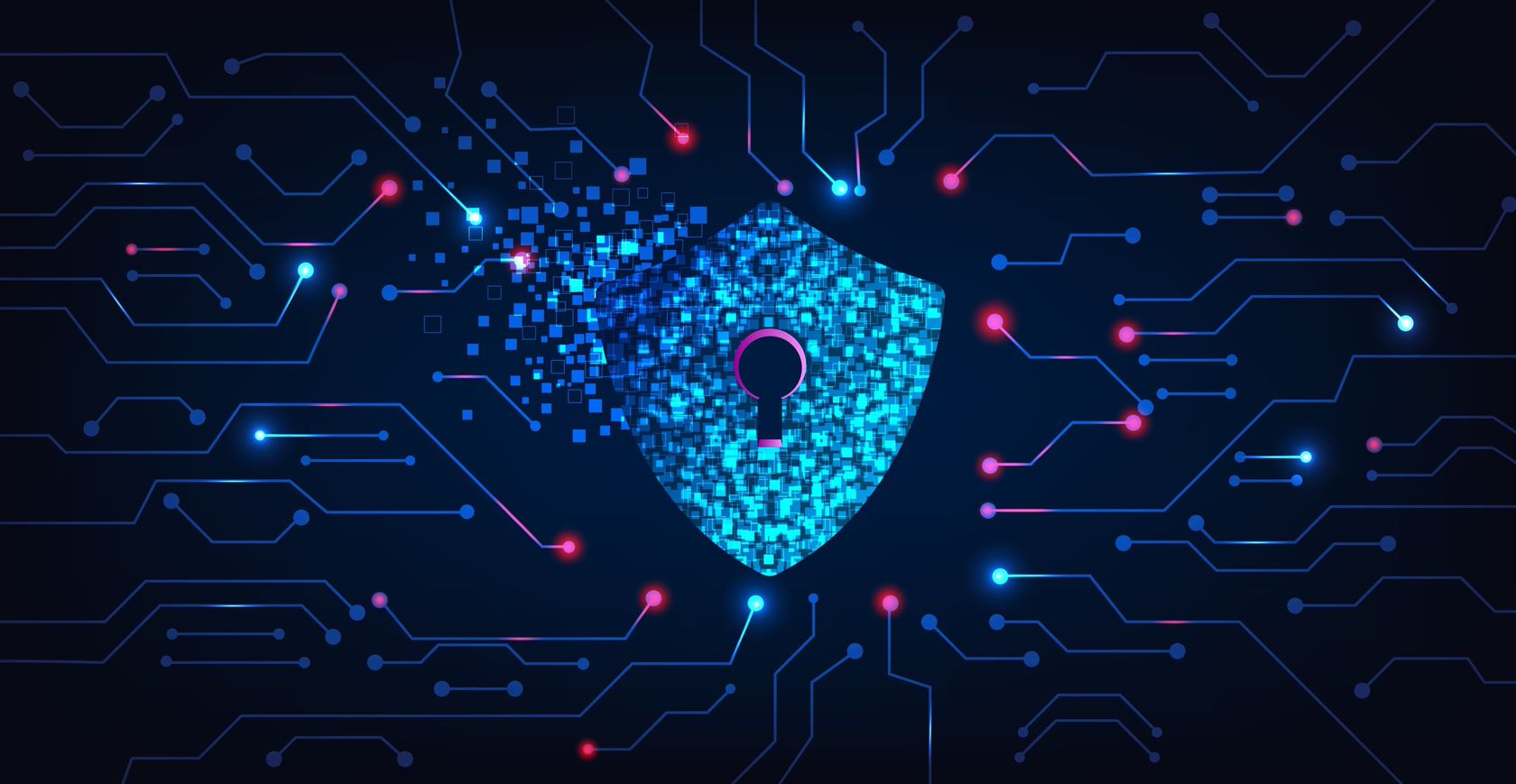Cyber-attacks are an ever-present danger in today’s world, with malicious actors lurking around every corner. To help you protect your business from such threats, we have compiled a list of 10 tips you can follow to minimise your risk.
Implement multi-factor authentication: Multi–factor authentication (MFA) is a security system that requires more than one type of authentication from independent sources in order to verify the user‘s identity. This can help protect against unauthorised access to sensitive data and systems.
Install anti-malware software: Malware is malicious software designed to damage or disable computers, networks, or data. Anti-malware software can help detect and prevent malicious software from running on your systems.
Use strong passwords: Passwords are the first line of defense when it comes to protecting sensitive data. Use strong passwords that are at least 12 characters long, and use a mix of upper- and lower-case letters, numbers, and special characters.
Restrict access to sensitive data: Make sure that only authorized users have access to sensitive data. Limit access to the minimum number of people necessary and provide them with the least privileges needed to do their job.
Educate your employees: Make sure that all your employees know the basics of cyber security. Train them on how to recognize and respond to potential threats, use strong passwords, and be aware of phishing scams.
Regularly update software: Software updates can help fix security vulnerabilities in applications and operating systems. Make sure to keep your systems up to date to help mitigate the risk of cyber-attacks.
Use encryption: Encryption is a process of transforming data into a secure form that can only be viewed by authorized users. Use encryption to protect sensitive data when it is transmitted over networks or stored on devices.
Monitor networks: Proactively monitor networks and systems for potential threats. Use intrusion detection systems and other tools to detect suspicious activity.
Backup data: Data backups are essential for business continuity. Regularly back up important data to help ensure that it is available in the event of a cyber-attack.
Develop an incident response plan: Having a plan in place to respond to a cyber-attack can help you quickly identify and respond to threats. Develop an incident response plan that includes steps for responding to an attack and recovering from it.


